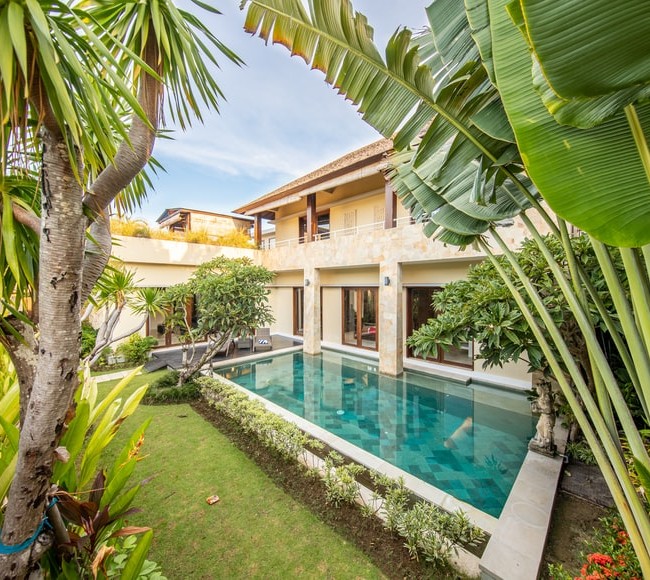
Green homes are designed, constructed, and operational to be environmentally sustainable. These focus on the efficient use of site resources, water conservation, energy efficiency, handling of waste, and optimum material usage for comfortable, healthy, and environmentally friendly homes.
Green homes do not address just one aspect of green living; it is a whole-house project approach. They form a system that works on a cause-and-effect relationship where everything works seamlessly. While the idea of green homes has been around for a long time in the world, it is only gaining traction in Asia in the last decade or so.
In Singapore, the emphasis on green-living and sustainable homes has exploded, gaining much traction with the government leading the charge on going green. Indeed, the country has emerged as a role-model for green homes in Asia, with the local authorities encouraging the adoption of innovative architectural design and energy-saving technologies.
In the past decades, Singapore has made a huge mark in promoting more sustainable and livable homes. The BCA has launched a number of programs that advocate the construction of green homes for homeowners, such as the Quality Mark for Good Workmanship Scheme, BCA Green Mark Scheme, and Construction Quality Assessment System.
These programs are designed to help Singapore achieve their net zero emissions target that they plan to accomplish by 2030 through their Green Plan 2030. Green homes are going to play a major role in helping Singapore achieve this target. Since buildings and homes in Singapore account for about 20% of their emission, changing their energy consumption behavior will be crucial.
It is not just the Singapore architects and real estate developers who are embracing green and sustainable homes. A growing number of potential homeowners and tenants are also looking for green real estate. Homebuyers are looking for a better indoor environment and better energy-efficient spaces to lower their monthly budget. More and more people are looking for apartments only in buildings that are certified with Green Mark Award. The growing demand for green homes also makes intermediaries step up their games and offer self-sustaining homes to green-minded people.
Homes that are not green or energy-efficient have started to become and will eventually become less attractive to homebuyers. As more and more green homes are built to the Green Mark standards, every additional green home in Singapore will increase the demand for homes that greatly exceed the conventional standards for energy efficiency, durability, environmental responsibility, and comfort in the long term.